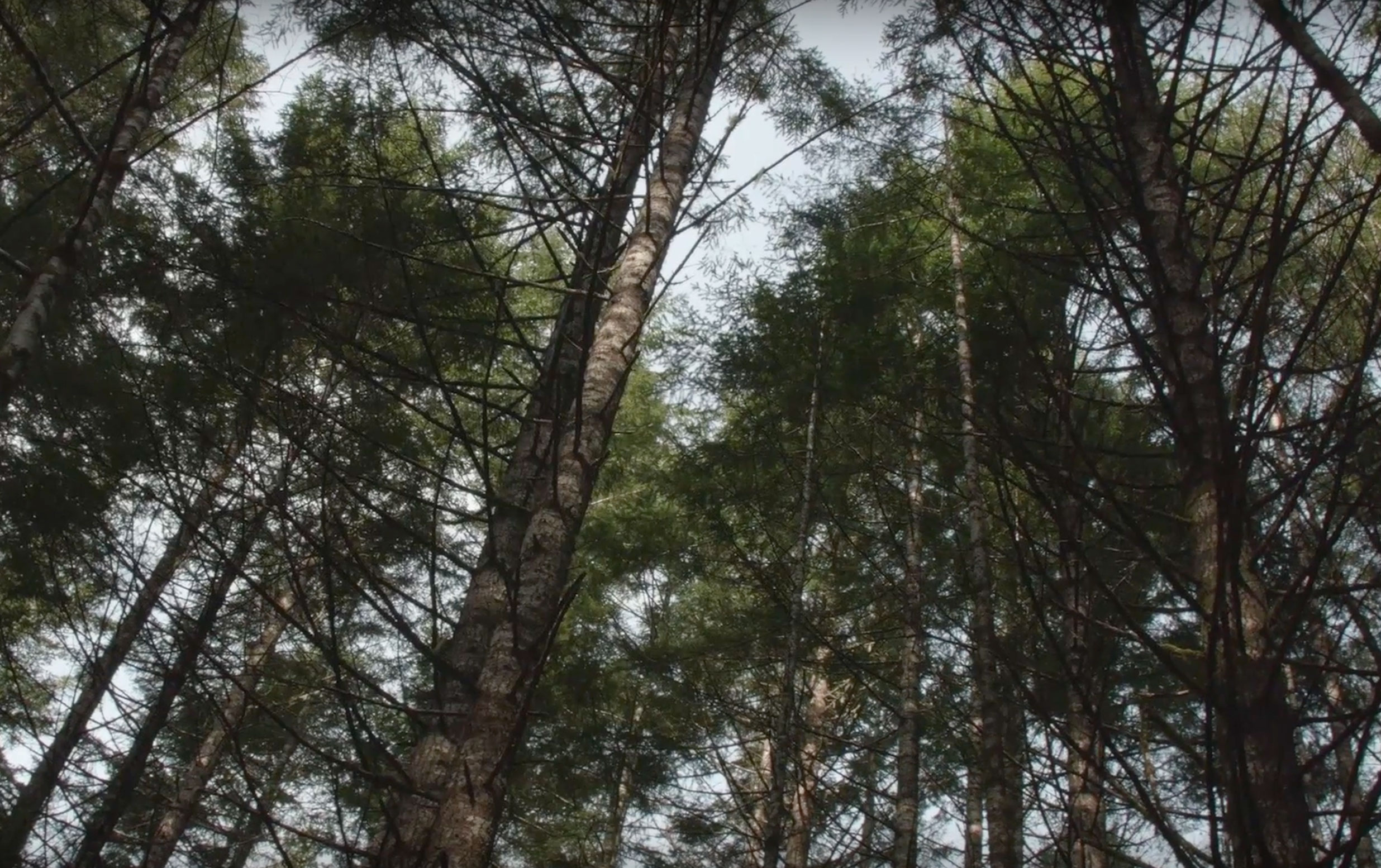
By Lee Anna Sherman
What do the following Oregon animals have in common: the northern red-legged frog, the chestnut-backed chickadee, the western pond turtle and the river otter? All fall into the traditional wildlife designation “non-game.”
“It’s a catch-all category for those species that aren’t being managed for hunting or fishing,” says OSU wildlife ecologist Bruce Dugger.
That once-undifferentiated lump of mammals, birds, reptiles, amphibians and insects was reinvented in the public’s imagination thanks to an OSU-trained biologist with a vision. The year was 1979. Bob Mace was sitting in his office at the Oregon Department of Fish and Wildlife, thumbing through a thesaurus and calling out words to his secretary. He was brainstorming, searching for a term that would ascribe greater perceived value to animals like chipmunks and porcupines, songbirds and shorebirds, dolphins and whales, salamanders and lizards. “Hmm, what about ‘watchable’?” the ODFW deputy director asked. “That’s it!” his secretary exclaimed.
The watchable wildlife movement was born. It has since spread across the nation. Nearly 40 states now actively promote wildlife viewing with guidebooks, viewing sites and other programs to connect the public with animals in their woodland, wetland, freshwater or saltwater homes.
Professor Dugger is carrying on that movement as holder of the Mace Chair for Watchable Wildlife. Endowed by Bob and Phyllis Mace in 1993 along with two undergraduate scholarships, the chair in OSU’s Department of Fisheries and Wildlife is a legacy to the couple’s commitment to wildlife conservation, habitat restoration and ecological research.
An expert in wetland birds, Dugger studies the habits and habitats of rare and endangered waterfowl in the Americas and Pacific islands. His current research agenda includes the dusky Canada goose, the fast-dwindling Brazilian merganser and Hawaii’s koloa ducks.
But what got Dugger started in avian science wasn’t a scarce or showy species. It was a creature both small and common. He was 12, summering with his family in the Grand Tetons, wearing waders and casting a hand-tied caddis fly across a cold river. The fish weren’t rising. Tired and frustrated, his eyes wandered to the brushy bank. A flash of color flickered. Equipped with binoculars and a Golden field guide, he made his first official bird ID: a yellow warbler.
“After that,” he recalls, “I found myself spending more time chasing the birds in the bushes than the fish in rivers.”
Public outreach, including the cultivation of “citizen scientists” — volunteers who collect data for researchers — is a central mission of the Mace endowment. To that end, Dugger is dovetailing with OSU’s Oregon Explorer Web site to create a portal for watchable wildlife: one-click access to viewing opportunities statewide.
“Before the 1960s and ’70s, hardly anyone cared about frogs and dragonflies,” Dugger says. “Bob Mace helped change the way people think about small animals.”
Learn more about opportunities to view wildlife and participate in research at Bruce Dugger’s Web site, fw.oregonstate.edu/Dugger

